For an authentic, off-the-beaten-path experience in Thailand, travelling to Ubon Ratchathani offers plenty of tranquillity and local culture, perfect for those seeking serenity away from the tourist crowds.
The northeastern provinces of Thailand are less visited than most other parts of the kingdom, but for those searching for new experiences in a setting that sees few foreign tourists, Tohsang Heritage Resort near Ubon Ratchathani is a perfect riverside retreat located on the western bank of the Mekong River.

Travellers setting out from Malaysia are used to flying directly from Kuala Lumpur to one of half a dozen Thai destinations. This means they can be enjoying a refreshing Chang beer or two and a plate of gai yang and som tam within a matter of hours of leaving home. It’s no surprise that millions of travellers depart Malaysia each year to holiday in the kingdom, with weekend escapes such an easy proposition.
This ease of access often equates with crowds, so avoiding the masses requires a little more hardship, and in the case of Ubon Ratchathani, two flights on AirAsia via Bangkok’s Don Mueang Airport. For me, this meant a morning departure to Bangkok and a mid-morning flight to Ubon Ratchathani to reach Tohsang Heritage Khongjiam Resort by early afternoon. So, yes, the journey is longer than most other Thai destinations, but as my plan was to spend several days by the Mekong, it was worth the extra travel.

SLEEPY SETTING
The resort is positioned on the western bank of the Mekong River, opposite an even sleepier Laos, where small farms stretch across the floodplain and the rolling hills of this landlocked ASEAN nation. During my time, I peered as best I could into the Lao backyard, but there were few signs of life, and I found that most comforting.
After settling into what was to be my home for the next few days, I began to identify the activities on offer. I was already aware of some activities on the river and in a nearby national park, as they were the reasons why I had been attracted here.
I was pleasantly surprised as to just how much was available at the resort. These included early morning yoga in the riverside gardens, a market visit and cooking class with the resort chef, and a visit to the on-site Cotton Village. My first afternoon was spent relaxing around the pool and making the most of my well-appointed room. (Okay, I had an afternoon nap, as it was a holiday after all.)

Dinner that evening included a spicy dish of freshly caught fish served in the Sunset Deck Restaurant. Very little happens in remote resorts such as Tohsang, so after a refreshing nightcap or two, it was time for bed in preparation for an early rise the next morning.
While yoga is not a regular activity for me, the staff had arranged a class and an instructor the next morning, so it felt only right that I should join in, but more as a passive onlooker. My body isn’t as nimble as it once was, but I enjoyed going through the motions while admiring life unfold along the Mekong River. Later in my stay, I visited the resort spa for an energetic Thai massage that put a few ligaments and muscles back in the places they were supposed to be.

HEADING TO MARKET
After a leisurely and relaxed breakfast, I accompanied the chef to the local market to purchase fresh vegetables for the restaurant, including ingredients for the classic Isan dish called som tam. We set off for the short drive to Khong Chiam Village located at the confluence of the Mekong and the Mun Rivers.
The market was typical of those found in most small Thai villages, with wet and dry sections. The traders were very friendly, and purchasing the ingredients was effortless. Among the more interesting products on sale were red ant and bee larvae. We returned to the resort and prepared the som tam, a spicy green papaya salad that also includes long beans, tomatoes, peanuts, chilli, fish sauce, garlic, and dried shrimp that are pounded together. The degree of spiciness depends on how many chillies one adds.

Our dish was eagerly devoured for lunch. The chef also mentioned that staff could also arrange a traditional palang dinner of local treats served on a low round table with cushioned seating.
COTTON CLUB
Once water levels recede at the end of the wet season, cotton is planted along the floodplains in soil enriched by nutrients added during the annual flooding. Tohsang Cotton Village, adjacent to the resort and under the same management, is an integral component of the resort’s ethos. Not only does it employ local villagers, especially women, who produce traditional Isan fabrics, but it also gives value to the ancient craft of traditional weaving.
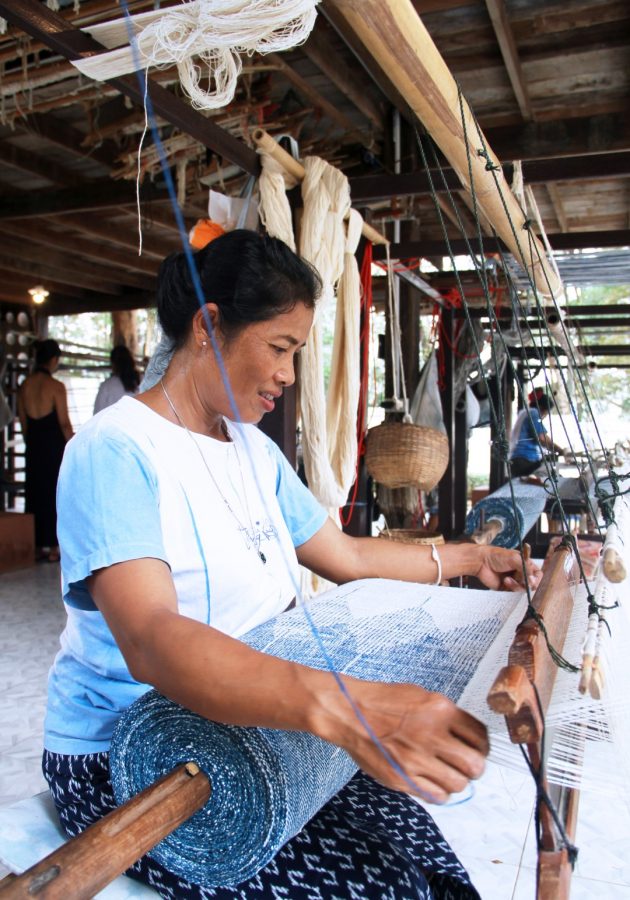
Classes are conducted, and I joined a small number of guests to learn the art of Isan tie-dyeing. I spent a very educational and interactive afternoon learning the technique of dyeing a cotton shawl with locally sourced indigo. The indigo is obtained from the leaves of a local plant, and all the other dyes used in the village are natural too, so the colours are subdued and not as bright as artificial chemical dyes. Many items produced in the village are featured in the resort’s interiors, and there is a shop where finished textile items can be purchased.

IT’S A GRAND CANYON
The staff arranged for me to visit Thailand’s ‘Grand Canyon’ or Sam Phan Bok, located along the Mekong River, an hour’s drive north of the resort. Sam Phan Bok translates as ‘3,000 holes’ and refers to the ponds and holes that have been sculpted into the pink sandstone that forms the bedrock of the mighty Mekong River.
The dry season is the best time to visit, as the bedrock is well-exposed because of the low river flow. During the wet season, these rocks and pools disappear under the rising waters of the Mekong River. I was amazed at the difference in height of the Mekong during the seasons, as my guide indicated the height of the wet season level, which was tens of metres above that of the dry season.
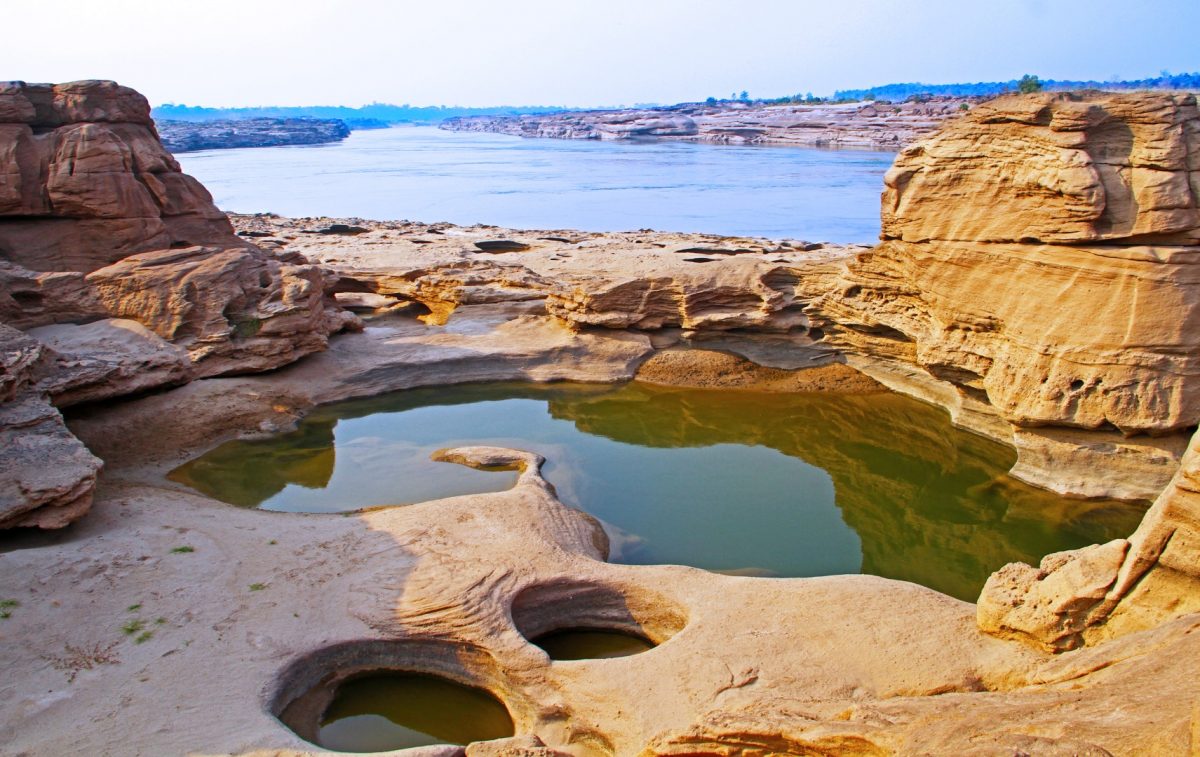
However, it’s a sight to behold in the dry season, and while it’s admittedly not on the scale of the Grand Canyon in the United States, the sandstone formations are quite impressive nevertheless. A visit here can be combined with a river cruise, but this isn’t essential as it’s the rock formations that are the star attraction. Should you wish to travel here, plan to visit in the late afternoon, when the waning light is ideal for photos.
SUNRISE OVER THE MEKONG
After a few days in the region, I appreciated that rising early and going to bed early were the best routines to follow. I was fine with this as the sun rose early and the evenings were quiet and relaxing in the near-silent river setting.
Early the next morning, I set off in the pre-dawn darkness to Pha Taem National Park to admire its many features, including the sunrise over the Mekong, deciduous forests, and some ancient cave paintings. The sunrise site within the park is located high above the floodplain, and it was worth the wait as the bright orange sun rose above the rural setting in Laos on the other side of the river.
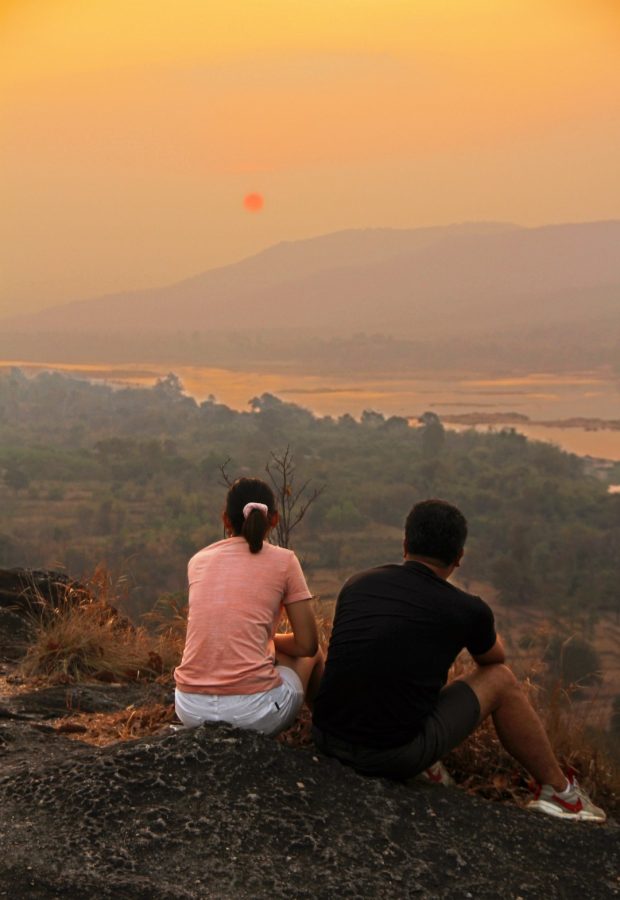
Timing is important, and this means arriving in the darkness, obtaining a front-row position along the precipitous cliff, and waiting patiently for nature to turn on a spectacular lightshow. While the sun’s rays were glowing, it was the cave painting site that was most impressive for several reasons. The Pha Kham site, immediately below the steep cliff face, extends for over 180 m and dates back several thousand years. Though the forces of water and wind erosion have taken their toll on the stencils over time, budding archaeologists will still be fascinated by the series of stencils and paintings along the cliff face.
The hundreds of black, red, and white ochre stencils of animals and riverine features like turtles, catfish, stingrays, elephants, and fishing traps provide a unique insight into what life was like here over 3,000 years ago. On the drive out of the park, we also stopped to admire the Sao Chaliang weathered sandstone stacks, which are a typical erosional feature of this type of rock.
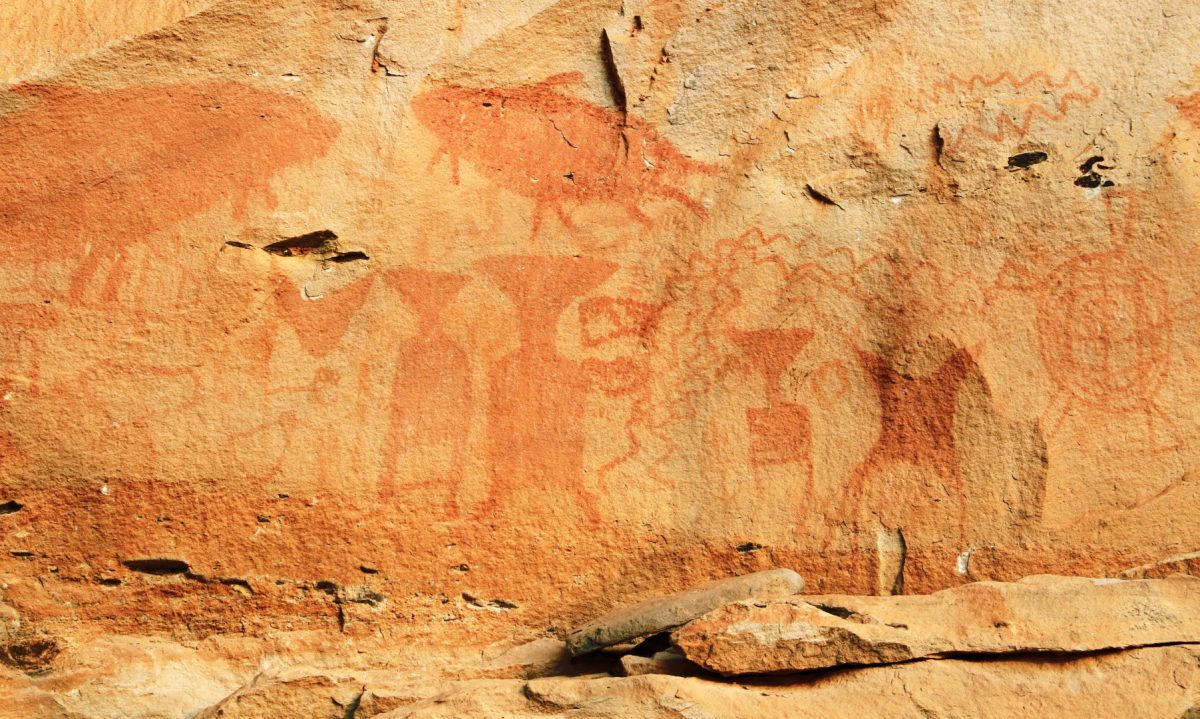
A TEMPLE, AT LAST
On my last afternoon, a trip was organised to Wat Sirindhorn Wararam, overlooking the waters of Sirindhorn Dam. As we arrived just before dusk, I realised I had been in Thailand for four days, and this was the first temple on my itinerary! We arrived before the sunset because the beauty of this Buddhist temple is that phosphorescent tiles have been placed on some exterior walls and the pathways surrounding the temple, and they glow in the dark. This too was the first time I saw what one might describe as a crowd, as the temple is popular with those seeking photos of the shimmering temple lights.
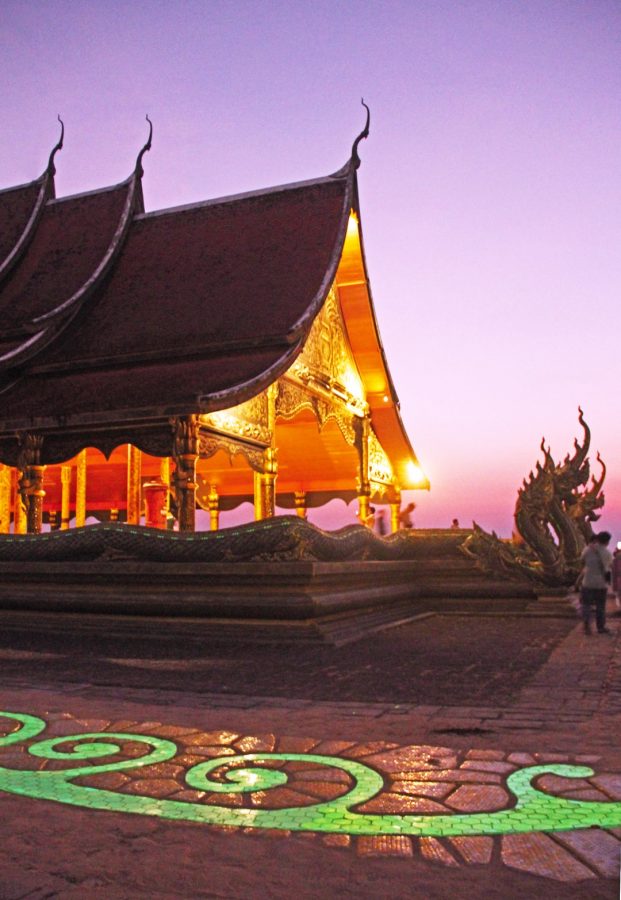
On the way back to Ubon Ratchathani Airport for my return flights to Kuala Lumpur, I arranged to visit a silk weaving outlet and the local museum in Ubon Ratchathani. I must admit, I was not expecting much at the latter, but can highly recommended it for those interested in the early history of the region. The displays, with English translations, are professionally arranged and include details on the region’s fascinating history.

Isan and Tohsang Resort are appealing propositions, especially for those planning to spend several days in one location. The resort is an international-standard property close to some fascinating and less-visited attractions. Its relative isolation ensures that few international tourists head to this province, and it isn’t yet overrun with tourists. I enjoyed the tranquil setting where I could simply rest or get involved in numerous activities. I could have even crossed the border into Pakse in neighbouring Laos had I had the time.
TRAVEL FILE
Getting There
Visitors need to fly to Bangkok and then take a domestic flight on AirAsia (airasia.com) to Ubon Ratchathani. Tohsang Resort is a one-hour van transfer from the regional airport.
Where to Stay
Tohsang Heritage Khongjiam (tohsang.com).
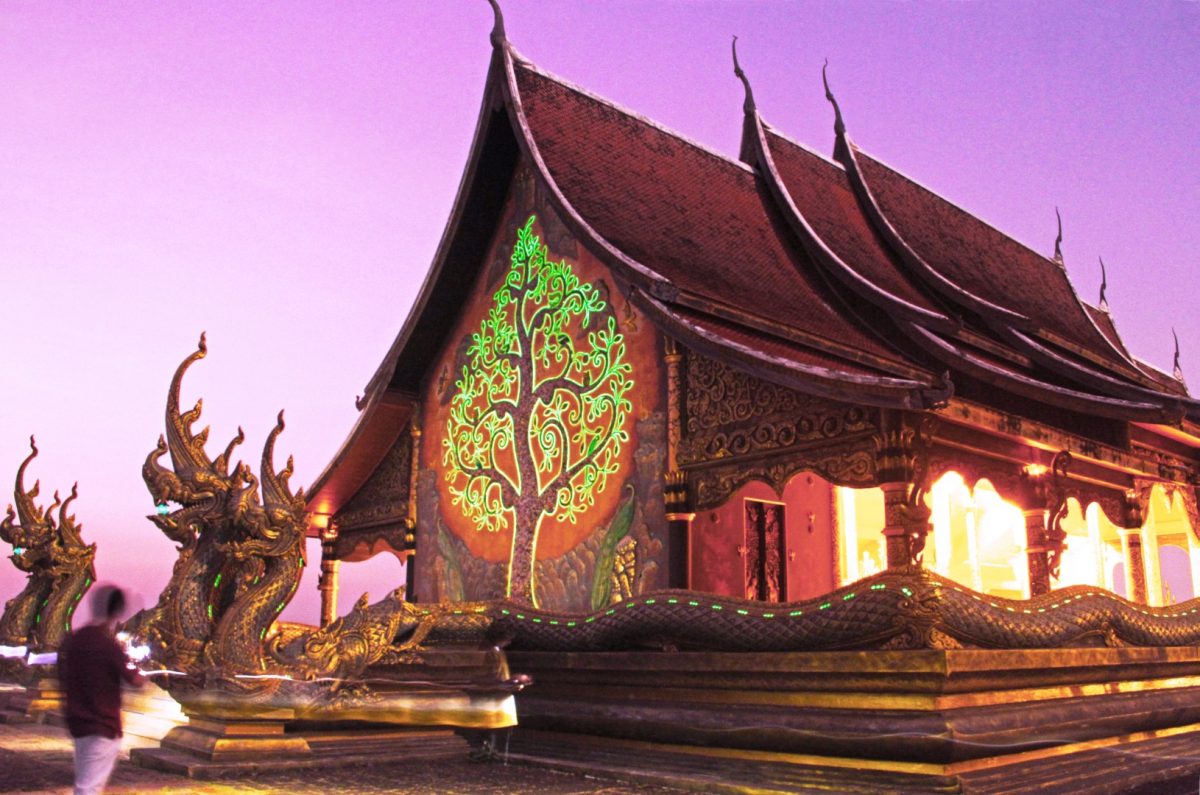
"ExpatGo welcomes and encourages comments, input, and divergent opinions. However, we kindly request that you use suitable language in your comments, and refrain from any sort of personal attack, hate speech, or disparaging rhetoric. Comments not in line with this are subject to removal from the site. "





















